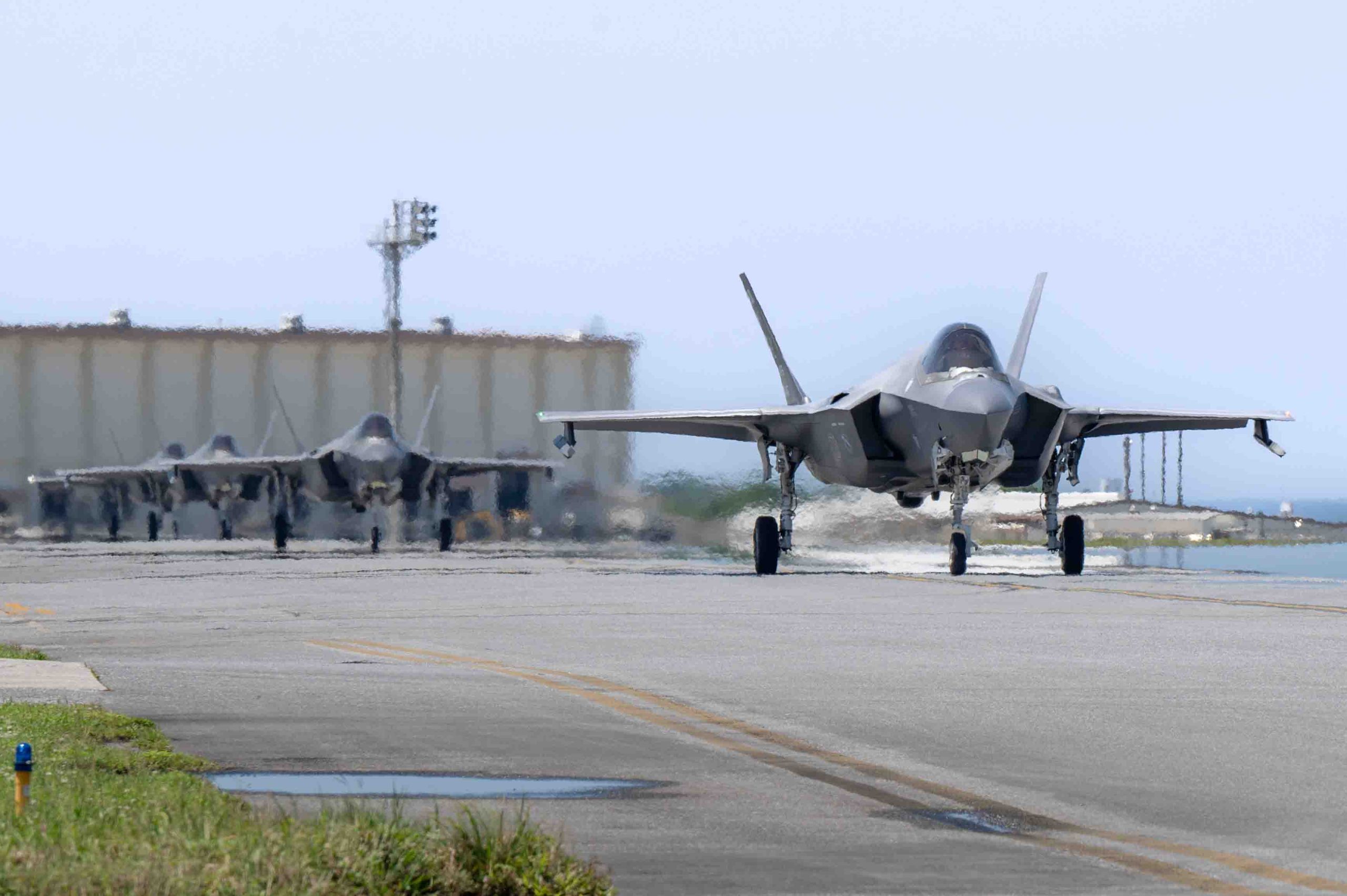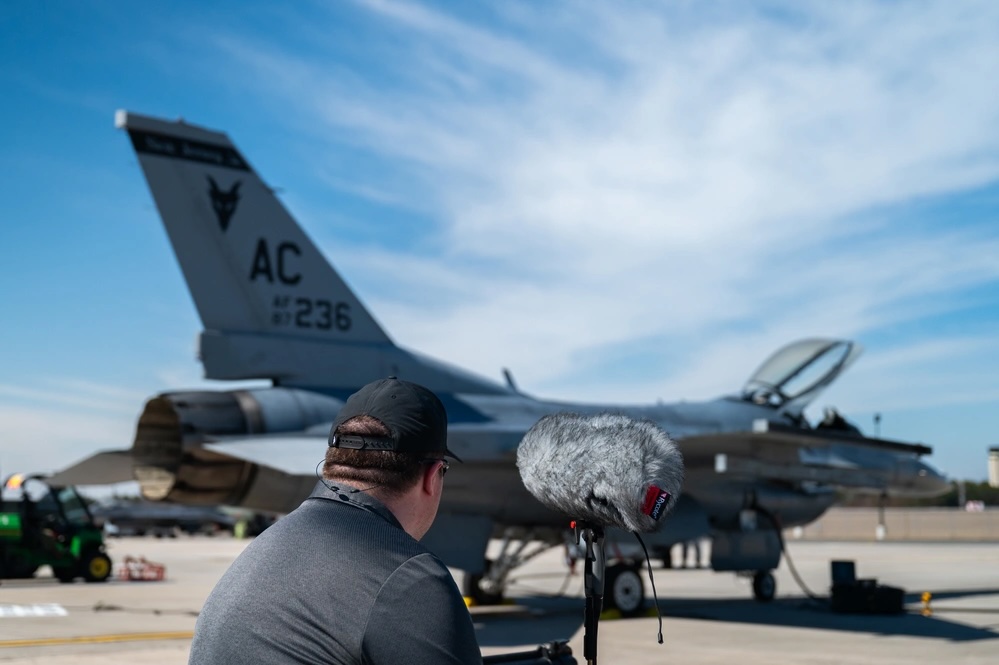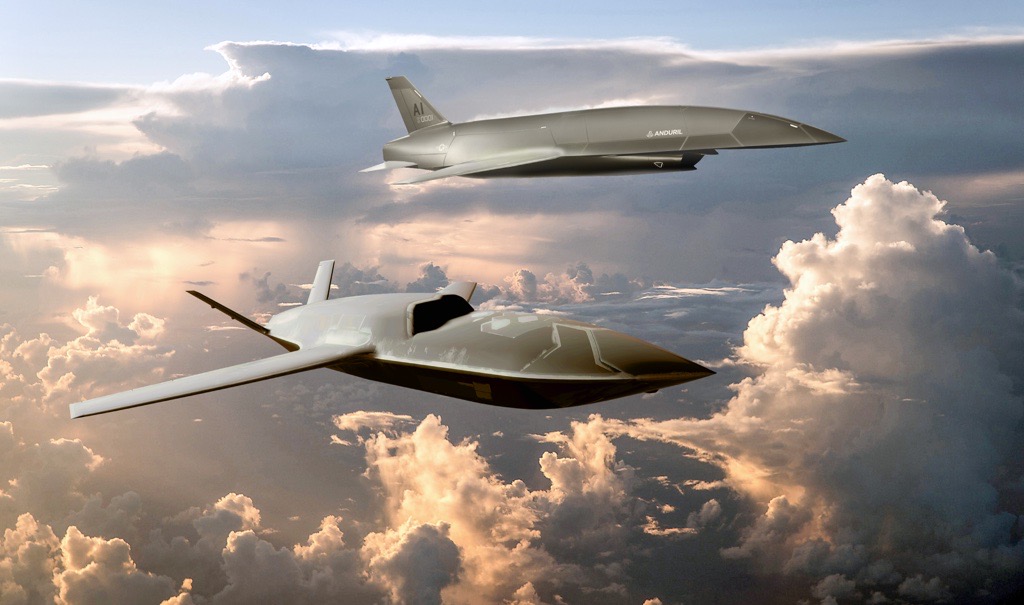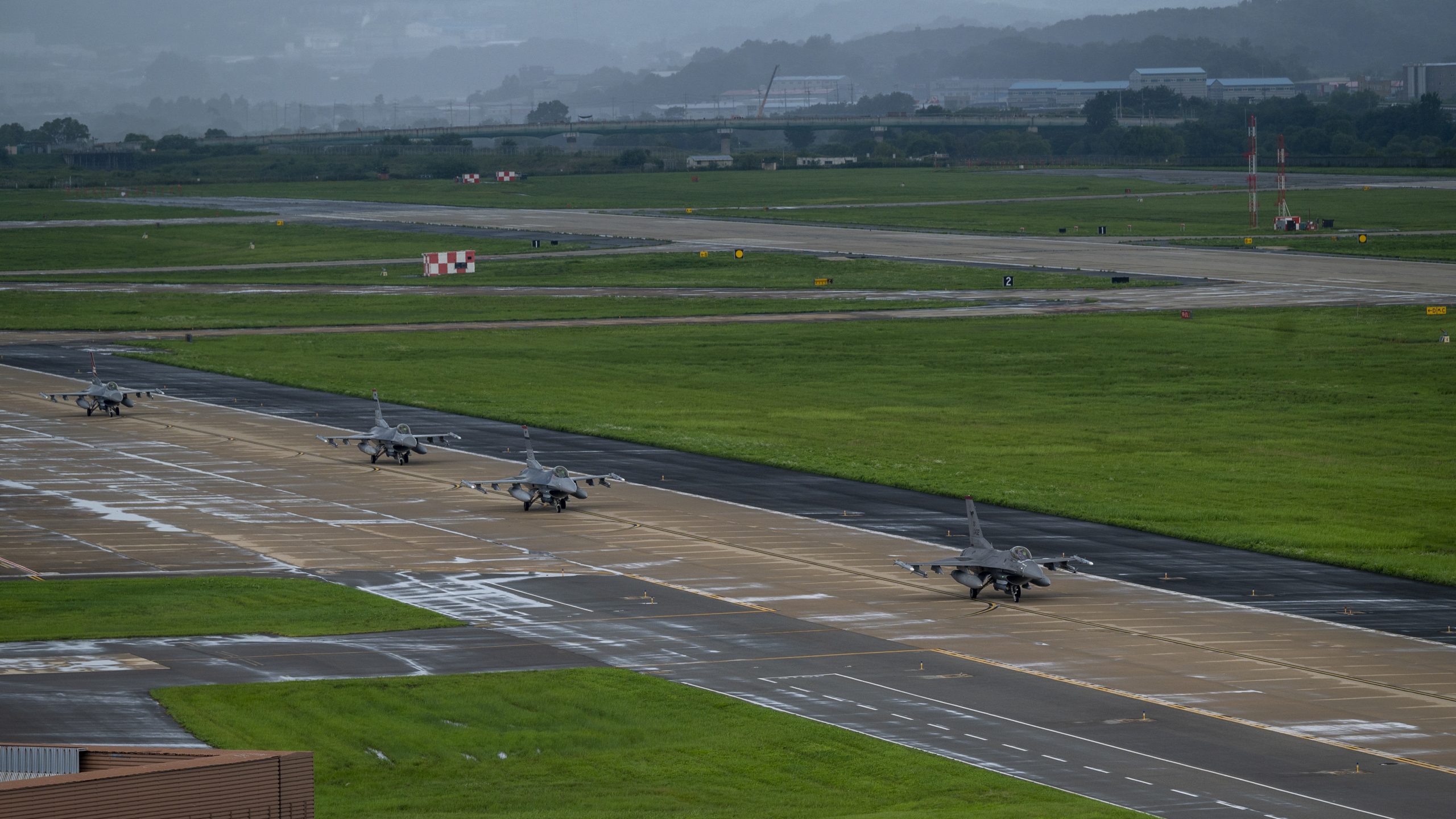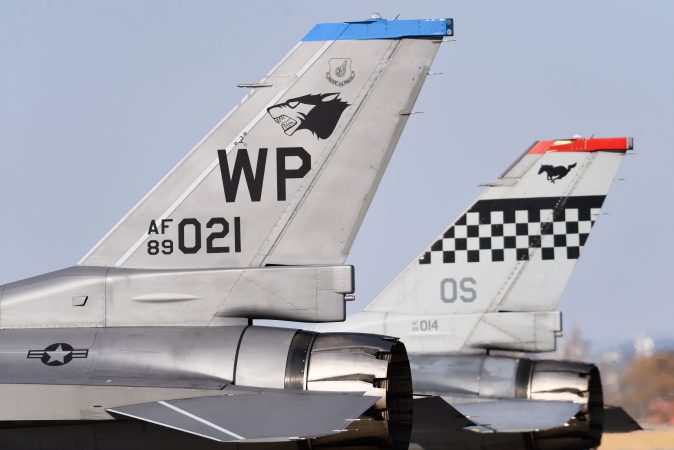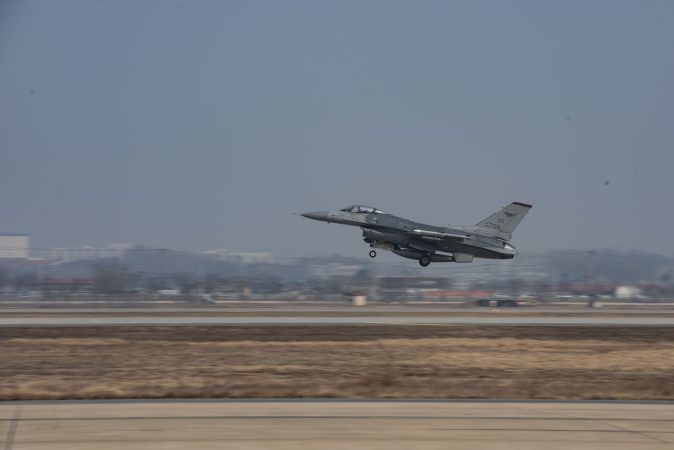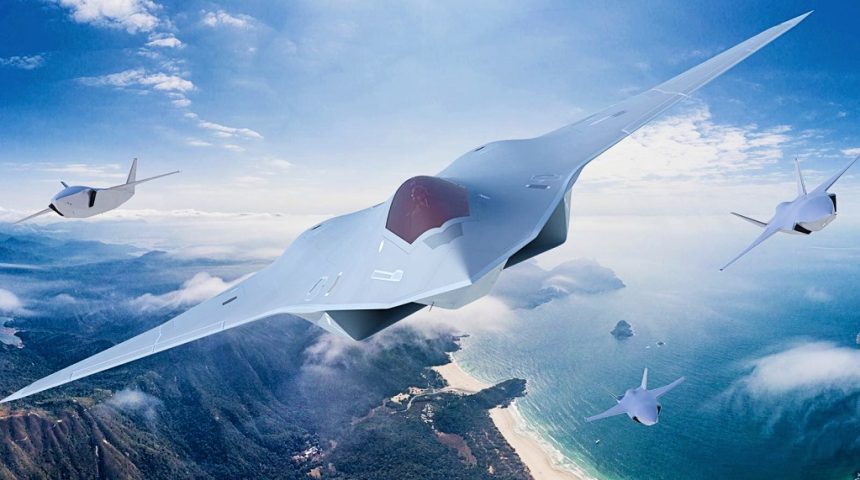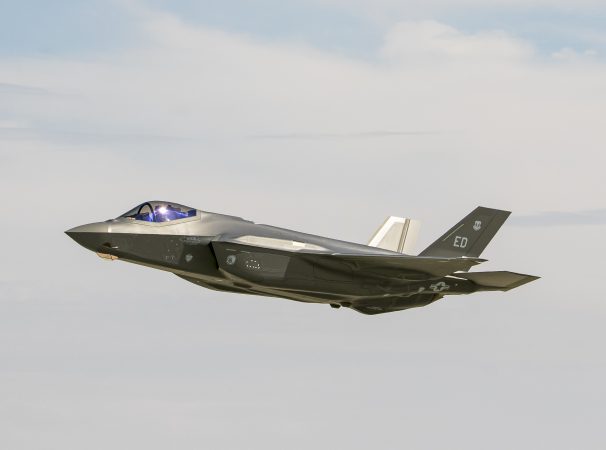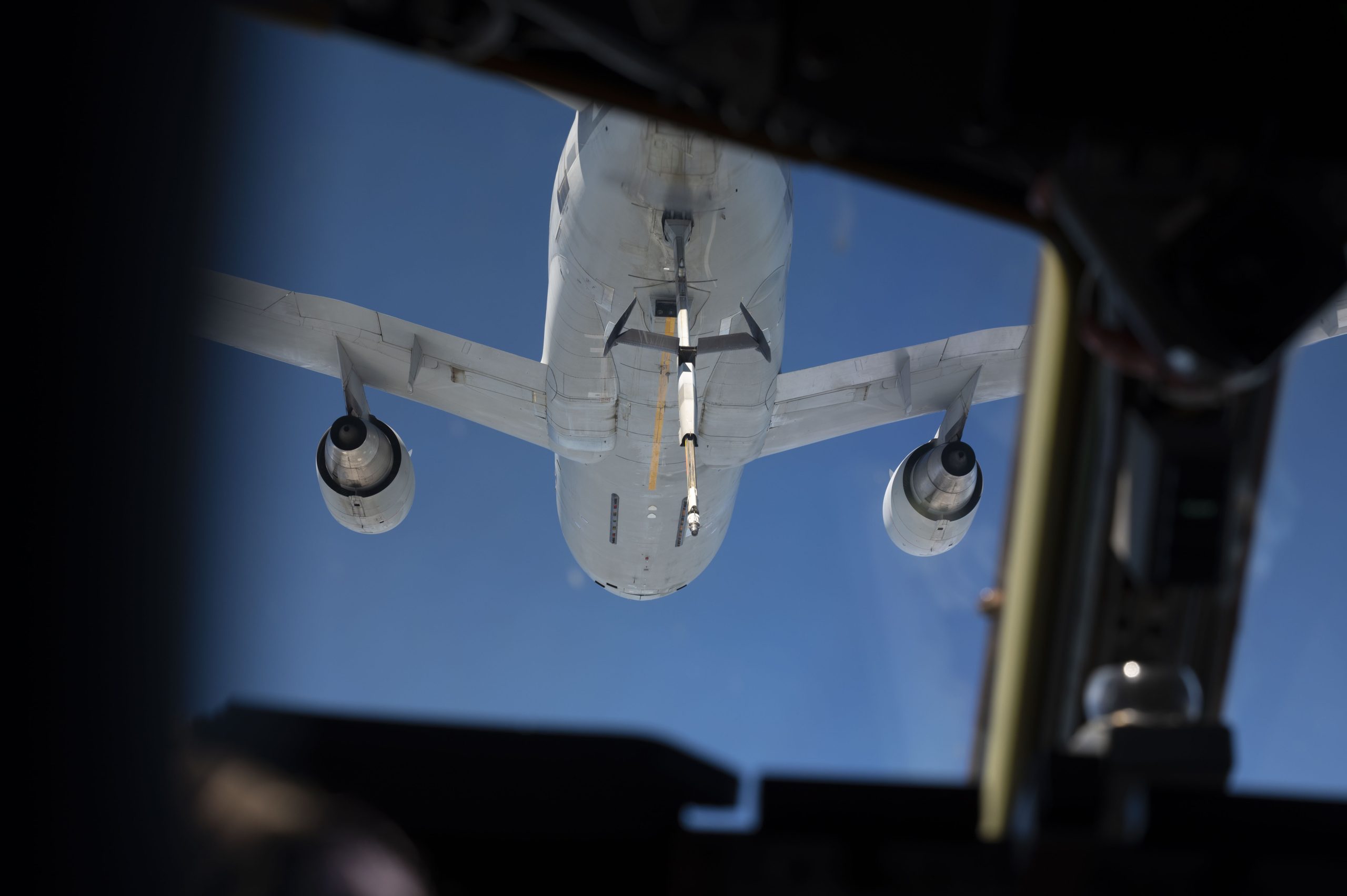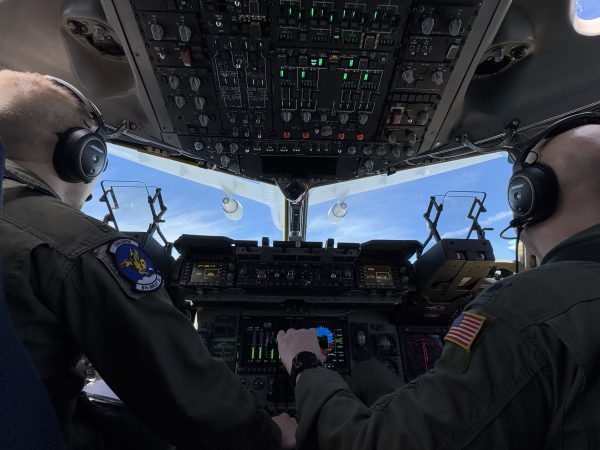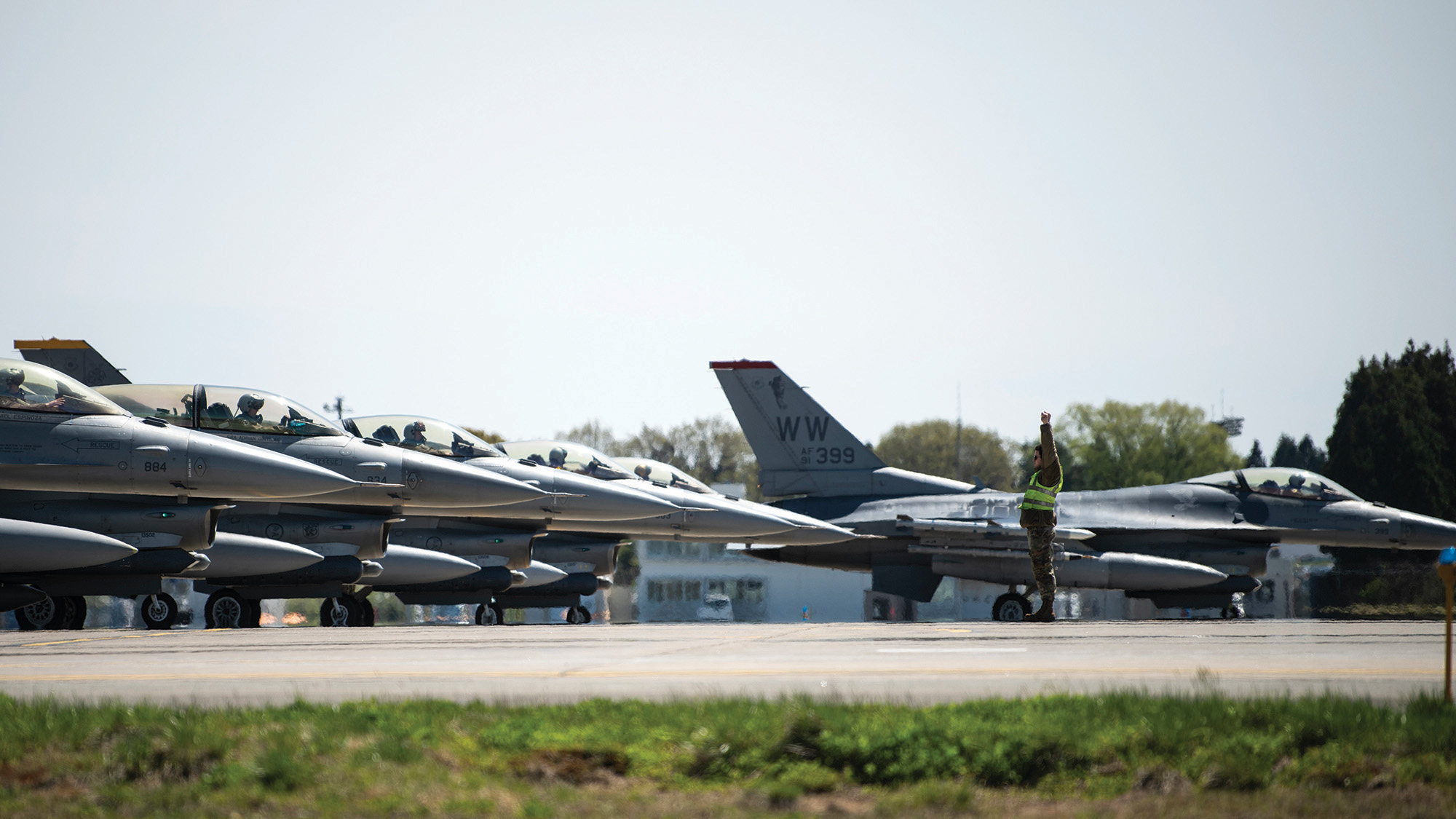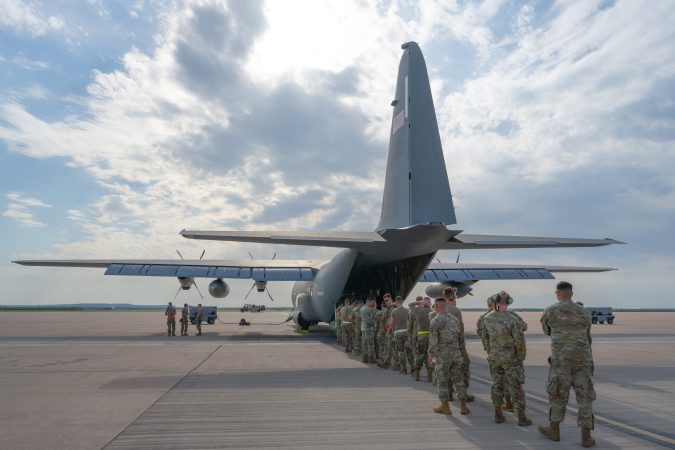The Air Force deployed a second group of F-35s to Kadena Air Base this month, reinforcing its fighter presence at the key base in the wake of retiring all operational F-15C Eagles from the installation.
The stealthy jets and Airmen from the 421st Fighter Squadron, nicknamed the “Black Widows” out of Hill Air Force Base, Utah, touched down at the base on Japan’s Okinawa island on April 24. Kadena is now hosting two F-35 squadrons, with the Hill unit joining an F-35 squadron from Eielson Air Force Base, Alaska—as well as F-15E Strike Eagles from Seymour Johnson Air Force Base, N.C., arrived earlier this month.
“Our unit values the distinctive training opportunities afforded by our deployment to the Indo-Pacific and is eager to contribute to the mission,” Lt. Col. Bryan Mussler, 421st Expeditionary Fighter Squadron commander, said in a release.
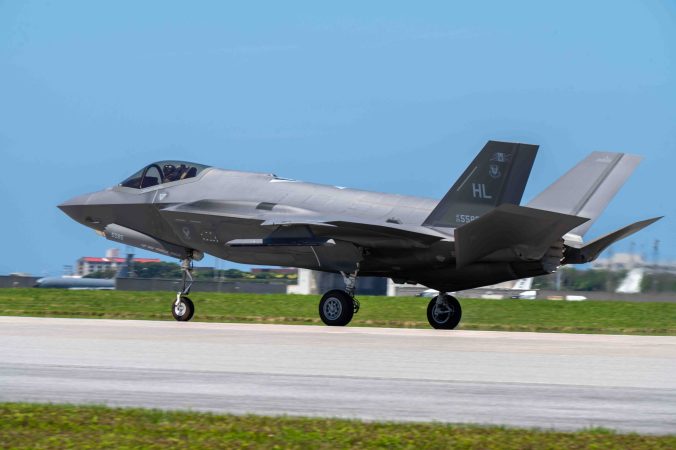
This marks back-to-back deployment of Hill F-35s to Kadena, following a previous assignment that began in November.
“The Black Widows are thrilled to be back and flying with our allies and partners here at Kadena,” Mussler added.
Hill is home to three active-duty F-35 fighter squadrons under the 388th Fighter Wing: the 4th, 34th, and 421st Fighter Squadrons, each equipped with 24 stealth fighters and 6 backup jets. The base’s reserve unit, the 419th Fighter Wing, also operates its own fleet of F-35s and supports routine operations through the 466th Fighter Squadron. Over the past two years, members from all four squadrons have been deployed to Kadena at least once.
With two new F-35 squadrons on the ground, Kadena’s 18th Wing is phasing out its previous fighter rotation. The F-35s of the Vermont Air National Guard’s 134th Expeditionary Fighter Squadron, which arrived at the base in January, have returned from Japan as of April 25, a Vermont ANG spokesperson told Air & Space Forces Magazine. The rest of the Vermont Guardsmen are also expected to return “very soon,” as they wrap up their four-month tour at the base.
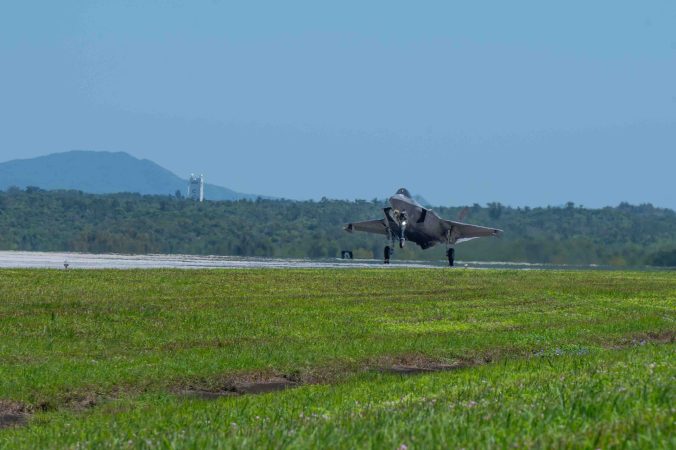
The active-duty squadron deployment to the strategic base typically lasts 5 to 6 months, involving hundreds of Airmen, including pilots, maintainers, and support crew for the fighter jets. During the 388th Fighter Wing’s previous assignment with the 18th Wing, Airmen highlighted the different tempo of being stationed at the strategic base 400 miles from mainland China.
“Here we have near-peer threats right across the water and we are expected to go out and perform every day with a moment’s notice,” Senior Airman Jideofur Emeka, 34th Force Generation Squadron dedicated crew chief, said in a release.
The 18th Wing has hosted a steady stream of fighter deployments since the Air Force began phasing out its F-15C/D models in 2022. The base will continue hosting rotations of fourth- and fifth-generation jets throughout its full transition to a fleet of 36 F-15EXs. This unique rotation also gives deployed Airmen the chance to train alongside units and aircraft they wouldn’t typically work with.
“Being out here [at Kadena] gives us the opportunity to fly with the other aircraft that are out here rotationally like the F-22, the F-16, the F-15s that are still here,” said Capt. Stephen Schultz, 34th EFS pilot and weapons team chief.
The wing anticipates the first delivery of the Eagle IIs between March and June 2026.
Meanwhile, Misawa Air Base, located on the northernmost edge of Japan, is set to phase out its fleet of F-16s starting this summer, replacing them with 48 F-35s to become the first U.S. base in Asia to permanently host the stealth fighter fleet. A series of fighter rotations similar to Kadena’s may begin at Misawa later this year to ensure no gaps in operations during the transition, as the base won’t receive its first batch of F-35s until spring 2026.
